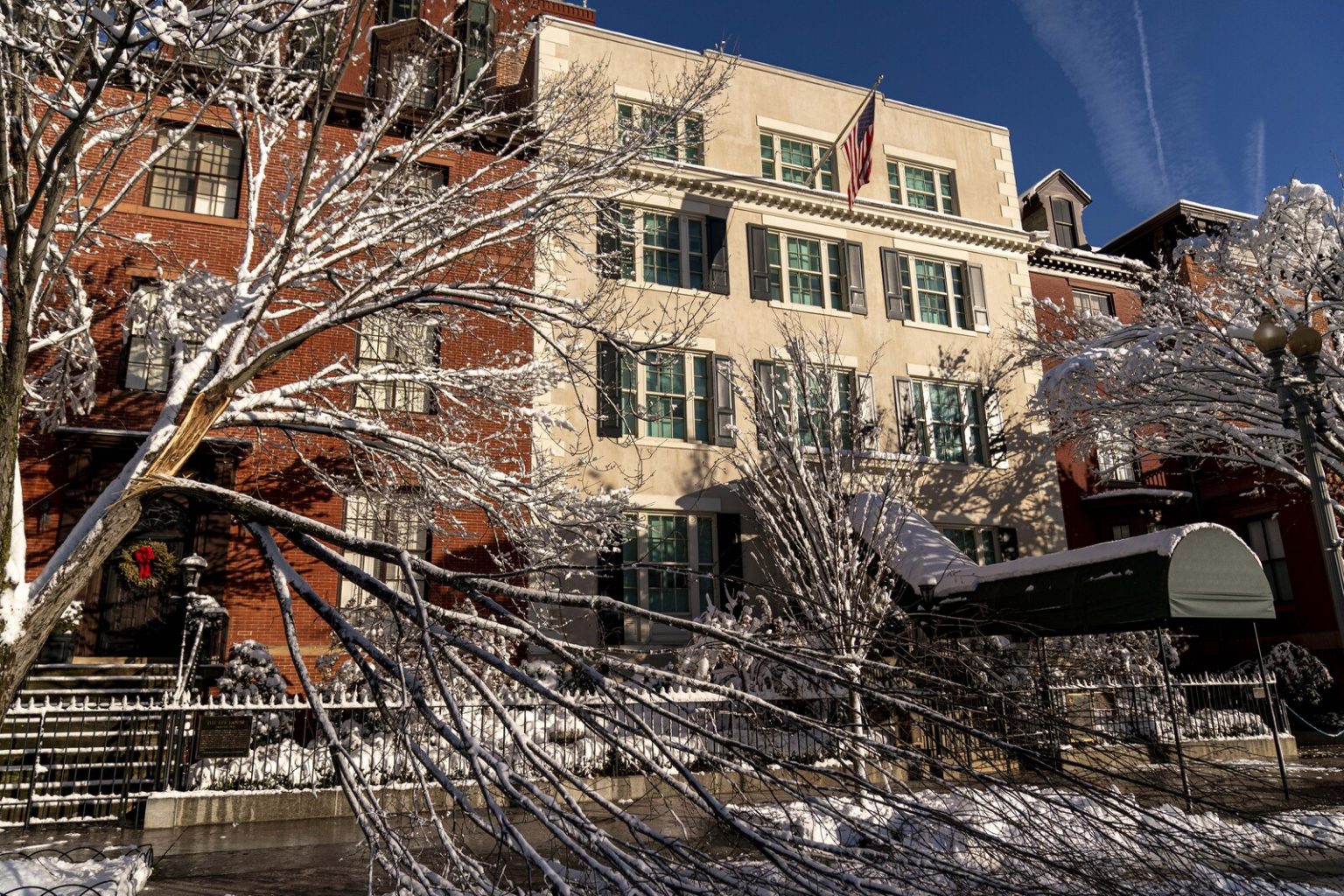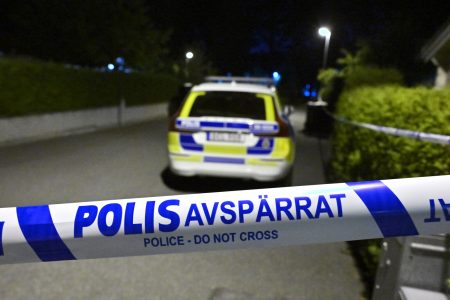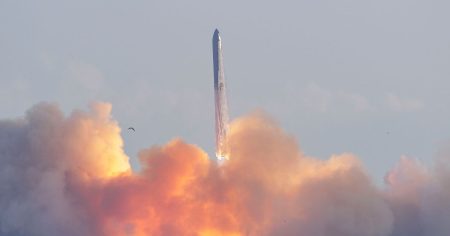Benjamin Netanyahu’s recent visit to Washington D.C., marked by his stay at Blair House for the fourteenth time, underscores the enduring, albeit complex, relationship between Israel and the United States. The visit, packed with high-level meetings, centered around critical issues facing the Middle East, primarily the fragile ceasefire in Gaza and the looming threat of Iran’s nuclear ambitions. Netanyahu’s discussions with key figures in the Trump administration, including newly appointed Middle East envoy Steve Witkoff and President Trump himself, highlight the intricate balancing act both countries face in navigating the turbulent regional landscape. The visit came at a crucial juncture, just weeks after a ceasefire agreement brought a halt to the latest round of violence between Israel and Hamas, and amidst growing international concern over Iran’s nuclear program.
Netanyahu’s meeting with Witkoff focused on the delicate next phase of the Gaza ceasefire agreement. While the initial phase successfully halted the immediate violence, its implementation has been fraught with challenges. Disagreements between Israel and Hamas over the terms of the agreement, particularly regarding the easing of the blockade and the reconstruction of Gaza, have repeatedly threatened to unravel the fragile peace. With the initial six-week timeframe for the first phase rapidly approaching its end, the pressure mounts to establish a more sustainable and long-term solution. However, this proves increasingly difficult given the deep-seated mistrust and conflicting objectives of both parties. The looming possibility of renewed hostilities underscores the urgency of these discussions and the significant hurdles that lie ahead.
The subsequent meeting with President Trump carried even greater weight, given the often unpredictable nature of the US-Israel relationship under the current administration. Trump’s public pronouncements regarding Israel have ranged from expressions of unwavering support to seemingly contradictory statements hinting at frustration with Israeli policies. While Trump has previously suggested giving Israel a ”free hand” in dealing with Gaza, his administration, through Witkoff’s efforts, ultimately pressured Netanyahu into accepting the ceasefire. This apparent discrepancy underscores the complex dynamics at play and the challenges in predicting the direction of US policy in the region.
Adding another layer of complexity to the discussions was the issue of Iran and its proxy, Hezbollah. Both Israel and the United States view Iran’s nuclear ambitions and regional influence as a significant threat. While they previously aligned on a hardline approach against Tehran, Trump’s recent overtures towards diplomacy have created some uncertainty about the future of this shared strategy. Netanyahu’s visit provided an opportunity to gauge Trump’s commitment to this tougher stance and to coordinate strategies in addressing the perceived Iranian threat. The meeting served as a platform to explore potential areas of agreement and to address any divergences in their approaches.
The discussions surrounding the Gaza ceasefire were particularly crucial. While the initial truce brought a welcome respite from the violence, translating it into a lasting peace requires addressing the underlying causes of the conflict. The blockade of Gaza, the dire humanitarian situation, and the lack of a political horizon for the Palestinian people all contribute to the cycle of violence. Without addressing these fundamental issues, any ceasefire remains vulnerable to collapse. The challenge for negotiators is to find a formula that addresses Israel’s security concerns while also meeting the legitimate aspirations of the Palestinian population. This requires a delicate balance of concessions and compromises from both sides.
Netanyahu’s visit to Washington, culminating in his meeting with President Trump, represented a critical juncture in the US-Israel relationship. The discussions covered a range of pressing issues, including the Gaza ceasefire, Iran’s nuclear program, and the broader regional security landscape. While both countries share a common interest in stability and security in the Middle East, their approaches to achieving these goals have sometimes diverged. The meetings provided an opportunity to reaffirm their shared commitment to these objectives and to coordinate strategies for addressing the complex challenges facing the region. The visit underscored the importance of continued dialogue and cooperation between the two nations in navigating the volatile political landscape and working towards a more peaceful and secure future.














